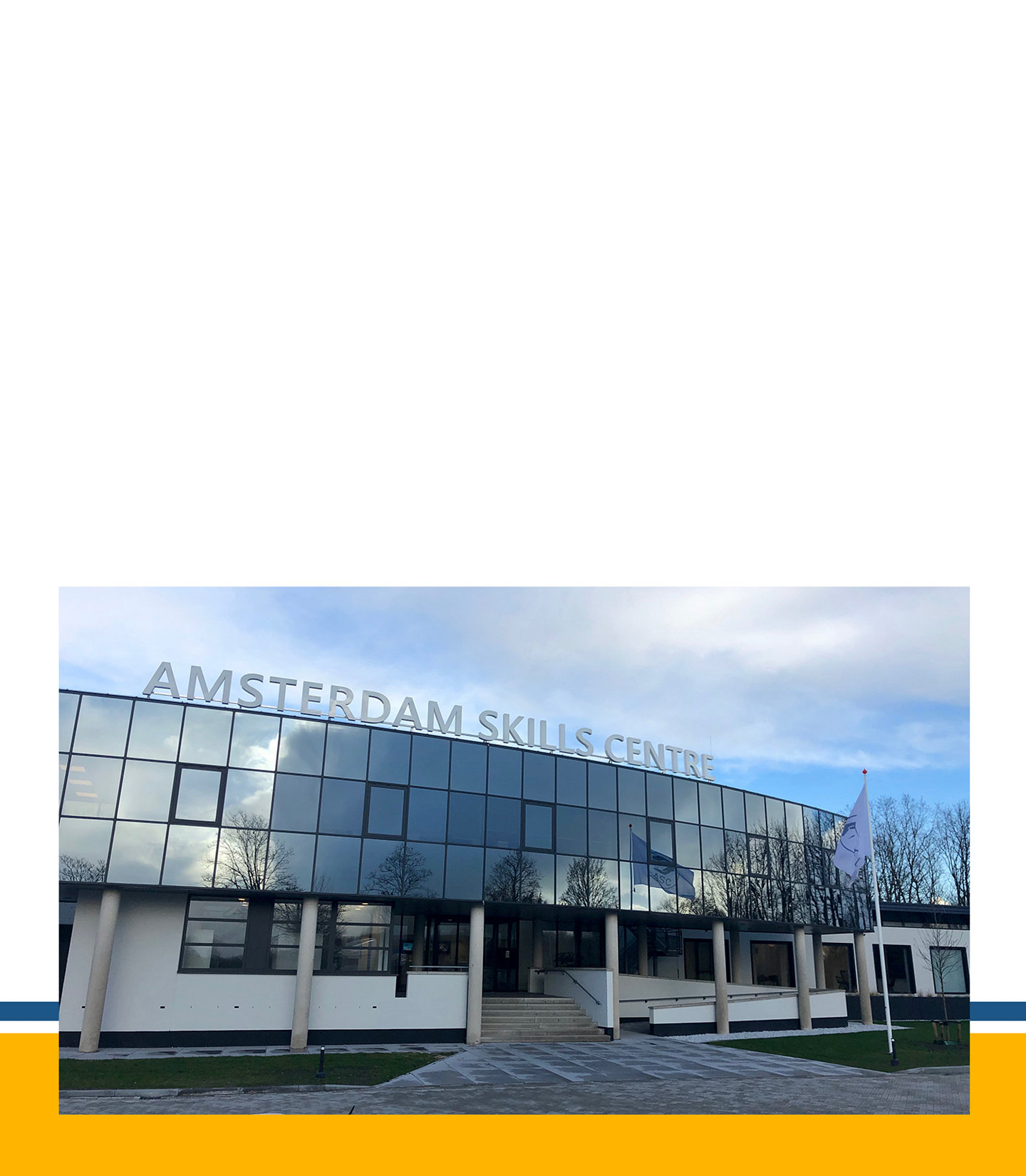08-Jul-2022
Learn how Stryker incorporated the latest healthcare technologies and features into the Amsterdam Skills Centre, a training and education centre that helps healthcare professionals from more than 60 countries add to and improve their skills.
A study published by The Lancet, an international medical journal, states that at least 5 billion people across the world do not have access to surgery.1 Their research highlights the importance of expanding access to surgery and anaesthesia care through coordinated efforts that grow the surgical workforce and infrastructure, despite cultural and geographic barriers.1 One way this can be achieved is through coordinated training and education efforts.1 The Amsterdam Skills Centre, owned by the University of Amsterdam’s Academic Medical Centre (AMC) and Amsterdam University Medical Centre (VUmc), aims to address this challenge by providing wet and dry lab training to healthcare professionals across multiple surgical specialities.
"We are focused on innovation that makes a difference for our customers," says Stuart Silk, President of Stryker Europe. "This is true of our products and services, but also in how we collaborated with various teams on the design of the centre. Each surgeon training programme that takes place at the centre incorporates state-of-the-art Stryker technologies, ensuring each surgeon leaves the programme with improved skills. The centre represents our commitment to the healthcare community to help them improve outcomes for their patients."
Tour the Amsterdam Skills Centre
1. Multi-purpose meeting rooms encourage collaborative learning
Since its opening in 2019, more than 5,000 healthcare professionals have been trained each year at the Amsterdam Skills Centre. The multi-purpose rooms provide a collaborative space for up to 200 healthcare professionals to receive education and share best practices amongst each other.

2. Wet and dry labs provide life-like training
The opportunity for healthcare professionals to train outside hospitals means more efficient use of hospital’s resources and capacity, which allows healthcare facilities to focus on what matters most, the treatment of more patients. The centre has two wet and dry labs that can accommodate six surgical stations each, with the option to combine the two labs for larger training events. Each lab is fully equipped with Stryker’s latest healthcare solutions and Fix for Life, a cadaveric innovation that provides surgeons with a life-like cadaveric experience.2 It helps prepare residents and surgeons for real-life practice while also reducing trainees’ exposure to pathogens.2
?$max_width_1440$)
3. Diagnostic radiology area offers trainees pre and post-operative feedback
The Airo TruCT, featured in the Diagnostic radiology area, gives surgeons the opportunity to perform CT scans. As a result, trainees receive real-time feedback on the surgeries they performed inside the lab. The machine can easily be transported into any lab to offer quick, point-of-care imaging.

References
- Blake C Alkire et al., Lancet, ‘Global Surgery 2030: evidence and solutions for achieving health, welfare, and economic development,’ 2015. Accessed 3 November 2021. Link: https://www.thelancet.com/journals/lancet/article/PIIS0140-6736(15)60160-X/fulltext
- Andries van Dam,Conny van Munsteren,Marco de Ruiter. Fix for Life. The Development of a New Embalming Method to Preserve Life-like Morphology. 01 April 2015. Accessed 28 March 2022. https://faseb.onlinelibrary.wiley.com/doi/10.1096/fasebj.29.1_supplement.547.10.
SYK CORP 2022-06-108


